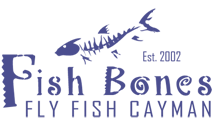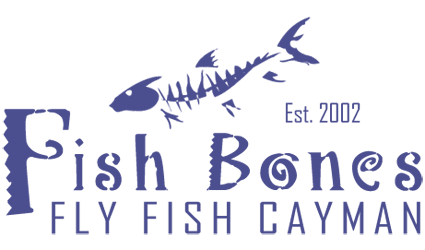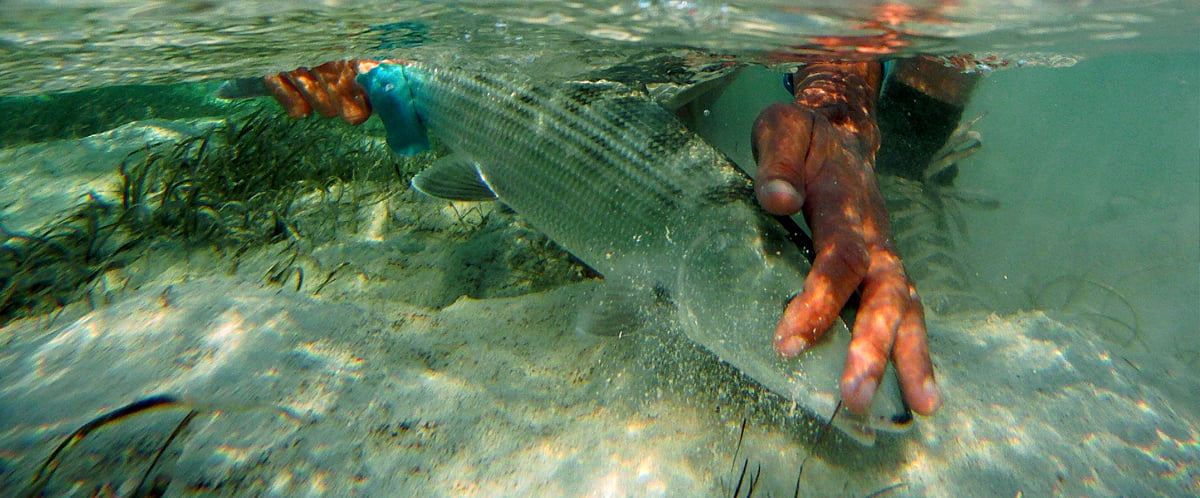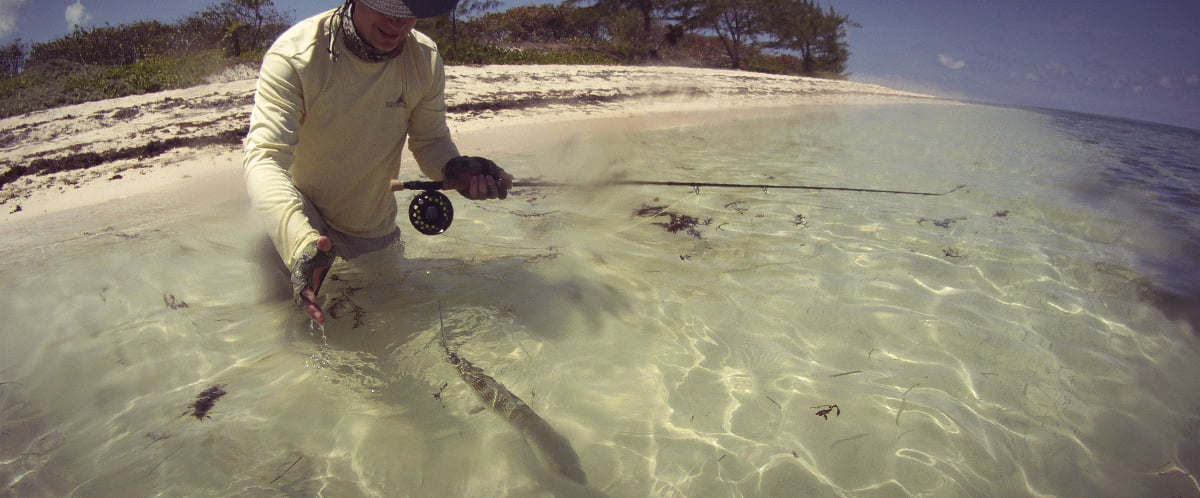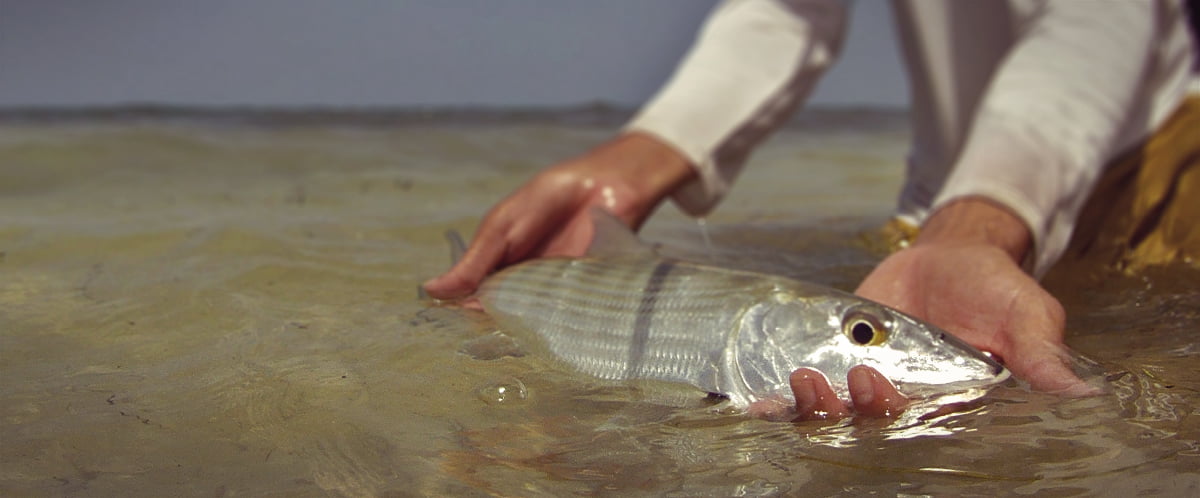It’s common knowledge that bonefish are no good to eat; as their name suggests, they are full of bones. All Cayman bonefishing is catch-and-release. We all want these fish to be here the next time we hit the water; we want them here for our kids to enjoy just as much as we have. It’s up to us—the anglers—to keep our fish healthy with proper care.
Good release practices actually begin before you actually hook a bonefish, starting with the fly itself. Barbless flies will actually hook more fish and makes releasing them soooo much easier. Due to their rubbery mouths, bonefish almost never throw barbless flies.
Bonefish exposed to air
for more than 15 seconds
are 600% more likely to die.
Bonefish: the Silver Bullet
Bonefish are strong, and fast. Pictured here are two common bonefish hooks that were reduced to “not hooks” after an encounter with bonefish. The smaller hook is a #6 and the larger a #4, both stainless Mustad® 34007 models.
The larger hook was straightened after a smallish, 2-2½ pound bone wrapped the 14-pound leader around a sponge and left town. The smaller hook was left in its present condition after a long run by a 5+ pound bonefish. Even though the drag was loose, the sheer pressure created by the drag of 100 feet of fly line through the water was enough to do that damage—opening the hook and ripping most of the material off the fly.
These were standard saltwater fly fishing hooks—the type used on many commercial flies of that time. But if a bonefish could open them so easily, then what hook should I be using. Well, I got myself a collection of hooks, a scale and a pliers and began testing. Here is what I discovered…


